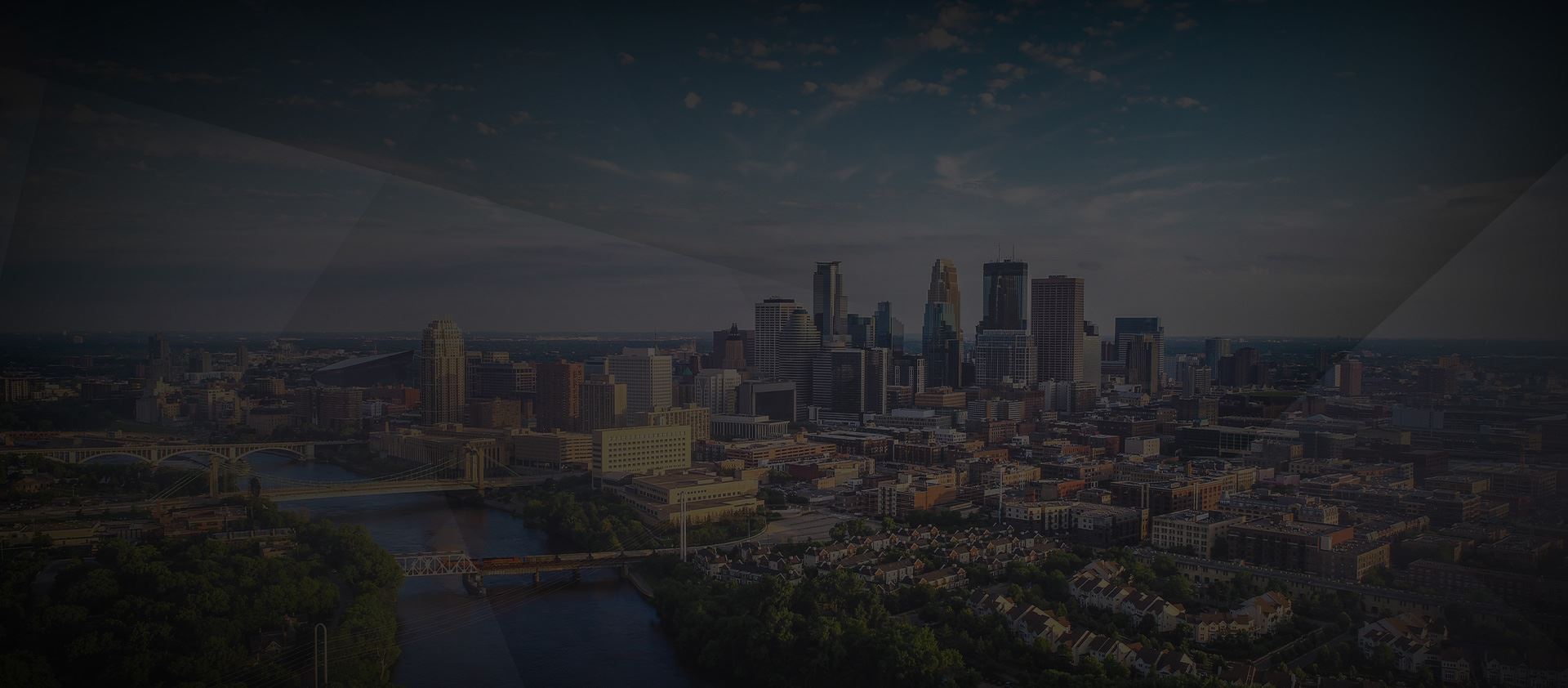If you have been injured in an accident caused by someone else’s negligence in Minnesota, you may be wondering what comes next. From medical bills to lost wages and pain and suffering, the financial and emotional toll of an injury can be overwhelming. A personal injury claim allows you to pursue compensation for these damages, but the process can feel intimidating if you’ve never been through it before. Understanding what to expect in a Minnesota personal injury case can help you feel more prepared and confident as you move forward.
Step 1: Initial Consultation with a Personal Injury Attorney
The first step in most personal injury cases is meeting with an attorney. During this consultation, you’ll discuss how the accident happened, what injuries you suffered, and how your life has been impacted. Your attorney will also explain Minnesota’s personal injury laws, including the statute of limitations, which generally gives you six years from the date of the accident to file a claim (though some cases may have shorter deadlines).
At this stage, the attorney will evaluate the strength of your case and may begin gathering preliminary evidence, such as accident reports, medical records, and witness statements.
Step 2: Investigation and Case Building
Once you hire an attorney, the real work begins. They will conduct a detailed investigation to determine liability and damages. This may include:
- Reviewing police or accident reports
- Collecting medical records and bills
- Interviewing witnesses
- Working with experts, such as accident reconstruction specialists or medical professionals
- Evaluating lost wages and future earning capacity
The goal is to build a strong case that demonstrates how the other party’s negligence caused your injuries and why you are entitled to compensation.
Step 3: Filing the Claim
Most personal injury cases in Minnesota begin with an insurance claim. For example, if you were injured in a car accident, you would first file a claim with your own no-fault insurance provider under Minnesota’s Personal Injury Protection (PIP) system. PIP typically covers medical expenses, lost wages, and replacement services up to a certain limit, regardless of who was at fault.
If your damages exceed the PIP limits or meet Minnesota’s threshold for suing (such as over $4,000 in medical expenses or 60+ days of disability), you may then file a liability claim against the at-fault driver’s insurance company.
In cases involving other types of accidents—such as slip-and-falls, defective products, or workplace injuries—your attorney will identify the responsible parties and insurance coverage available.
Step 4: Negotiations and Settlement Discussions
Insurance companies often try to settle cases quickly, but their first offers are rarely fair. Your attorney will negotiate on your behalf to pursue a settlement that fully covers your medical expenses, lost wages, pain and suffering, and future care needs.
Many cases settle during this stage, which can save time, stress, and legal costs. However, if the insurance company refuses to make a reasonable offer, your attorney may recommend filing a lawsuit.
Step 5: Filing a Lawsuit and Pre-Trial Process
If a settlement can’t be reached, your attorney will file a lawsuit in civil court. Filing doesn’t always mean the case will go to trial, but it applies additional pressure on the insurance company to negotiate in good faith.
During the litigation process, both sides exchange evidence through a procedure called discovery. This may involve depositions (sworn testimony), interrogatories (written questions), and requests for documents. Pre-trial motions and hearings may also occur during this time.
Step 6: Mediation or Trial
Minnesota courts often encourage mediation or settlement conferences before a trial. Mediation is a structured negotiation overseen by a neutral third party who helps both sides reach a compromise.
If settlement isn’t possible, the case will proceed to trial. At trial, both sides present evidence, question witnesses, and make arguments before a judge or jury. The court will then issue a verdict and award damages if the defendant is found liable.
Step 7: Compensation and Recovery
If your case is successful—either through settlement or trial—you will receive compensation for your damages. These may include:
- Medical expenses (past and future)
- Lost wages and reduced earning capacity
- Pain and suffering
- Emotional distress
- Disability or disfigurement
- Loss of enjoyment of life
Once compensation is awarded, your attorney will handle disbursement, ensuring medical liens or outstanding bills are addressed before you receive your portion.
At Bolt Law Firm, we understand how overwhelming the personal injury process can feel. From dealing with insurance adjusters to gathering evidence and fighting for fair compensation, there are many challenges that accident victims shouldn’t have to face alone. That’s where we come in.
Our team is here to guide you through every step of your Minnesota personal injury case, protect your rights, and fight for the compensation you deserve. When you work with us, you’re not just a case number—you’re part of our community, and we are committed to helping you rebuild your life after an injury.
Contact us today at (763) 292-2102 to schedule a free consultation.
